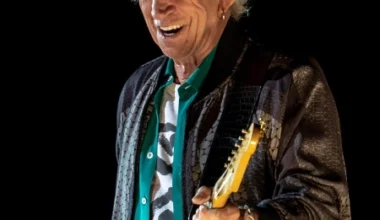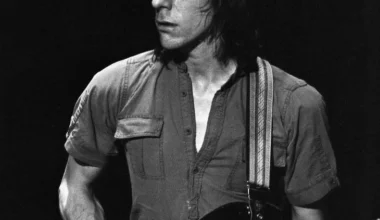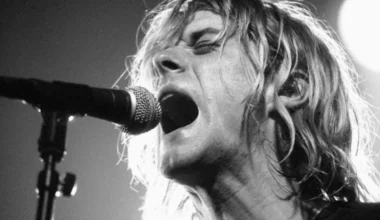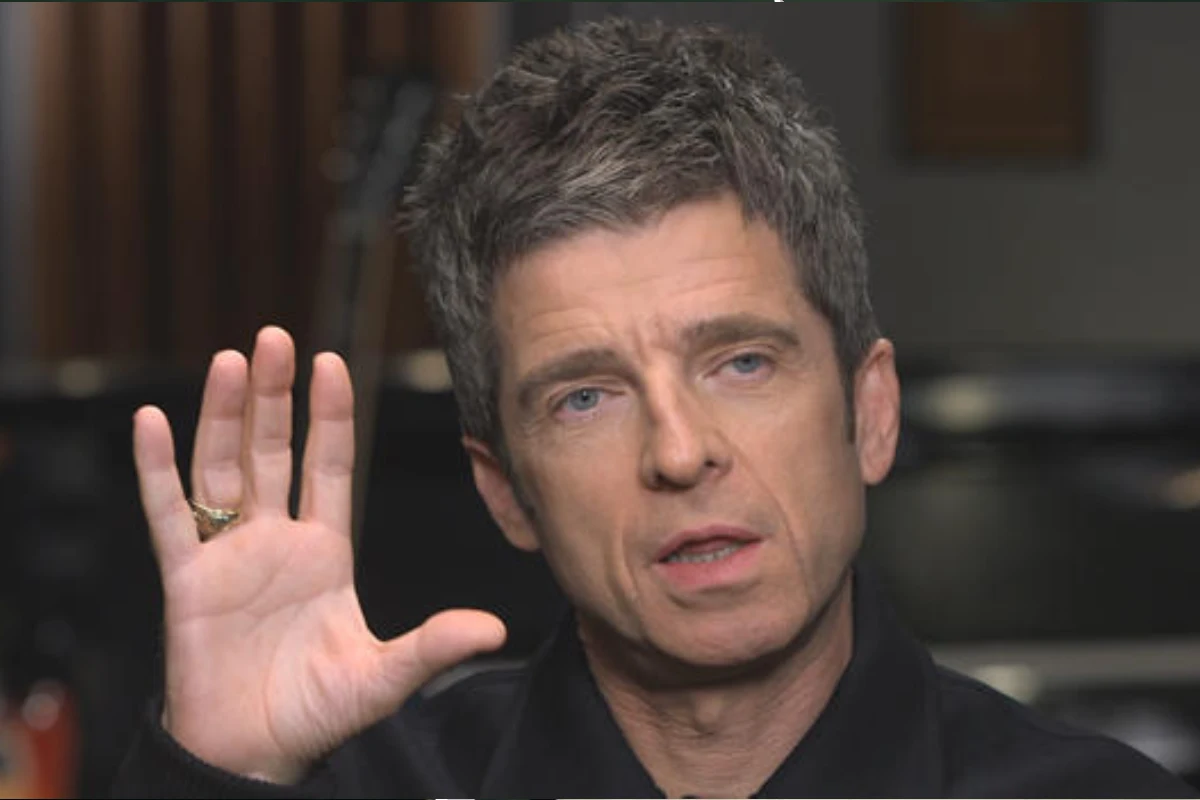Black Sabbath’s journey through the music world was anything but smooth.
Despite their reputation as metal pioneers, the band faced countless challenges, from personal struggles with drugs and alcohol to creative conflicts.
Yet, through all the chaos, one man remained the driving force behind their nearly 50-year run: guitarist Tony Iommi.
Known for more than just his powerful riffs, Iommi was the glue that held Black Sabbath together, steering the band through its many storms.
In the late 1960s, after some initial confusion over their name, Black Sabbath emerged from Birmingham, England, ready to conquer the world.
As the flower power movement of the era began to fade, weighed down by scandal and violence, music fans were hungry for something darker and heavier. Black Sabbath delivered, creating a sound that was unlike anything before it
. Drawing inspiration from Iron Butterfly’s ‘In-a-Gadda-da-Vida’, they took the burgeoning metal sound and pushed it to new extremes.
Iommi’s detuned, sludgy guitar riffs, combined with the thunderous rhythm section of bassist Geezer Butler and drummer Bill Ward, created a brooding sonic landscape.
At the forefront was Ozzy Osbourne’s haunting, otherworldly voice, delivering lyrics steeped in the occult and science fiction.
Their first two albums, both released in 1970, would lay the foundation for heavy metal, although mainstream audiences were slow to catch on.
As the 1970s progressed, Black Sabbath continued to release groundbreaking albums, including Master of Reality and Vol. 4.
However, by the time 1973’s Sabbath Bloody Sabbath hit shelves, the band’s direction began to shift. Experimentation in their sound became more pronounced, while their hard-living lifestyle, fueled by drugs, started to take its toll.
These changes soon began to affect their music, leading to a decline in the quality of their later albums.
Tensions within the band reached a boiling point in the late 1970s, with Osbourne temporarily leaving the band in 1977, only to return in time to record Never Say Die!
However, it was clear things weren’t working, and Osbourne was soon fired for good. What followed was a decade of turmoil for Black Sabbath, as both Butler and Ward departed and the band welcomed new members, including legendary vocalist Ronnie James Dio.
The 1980s and 1990s were a difficult period for Black Sabbath, with an ever-changing lineup and a string of albums that failed to live up to the band’s earlier successes.
Throughout all of this, Iommi was the only constant member, doing everything he could to keep the Black Sabbath name alive. The stress of holding the band together weighed heavily on him.
In a 2022 interview with Classic Rock, Iommi reflected on the difficulties of that era, saying: “The lowest point of my career was trying to hold the pieces together in the ’80s and ’90s.
I kept the Sabbath name, and I took a lot of criticism for bringing other people in. I just wouldn’t let go. But when everybody but me had been replaced you think, what happened?”
One of the lowest moments came with the 1986 release of Seventh Star, which was originally meant to be a Tony Iommi solo album.
However, under pressure from management, it was released under the Black Sabbath name, marking one of the band’s most confusing and stressful periods.
But Iommi’s perseverance paid off in the end. After years of lineup changes and creative struggles, he eventually reconciled with Osbourne in the mid-1990s.
By 1997, the original lineup of Black Sabbath had reunited, marking one of rock’s most unexpected and triumphant comebacks.
Despite lingering tensions, the band enjoyed a renewed period of success, proving that even after years of turmoil, they could still make magic together.







